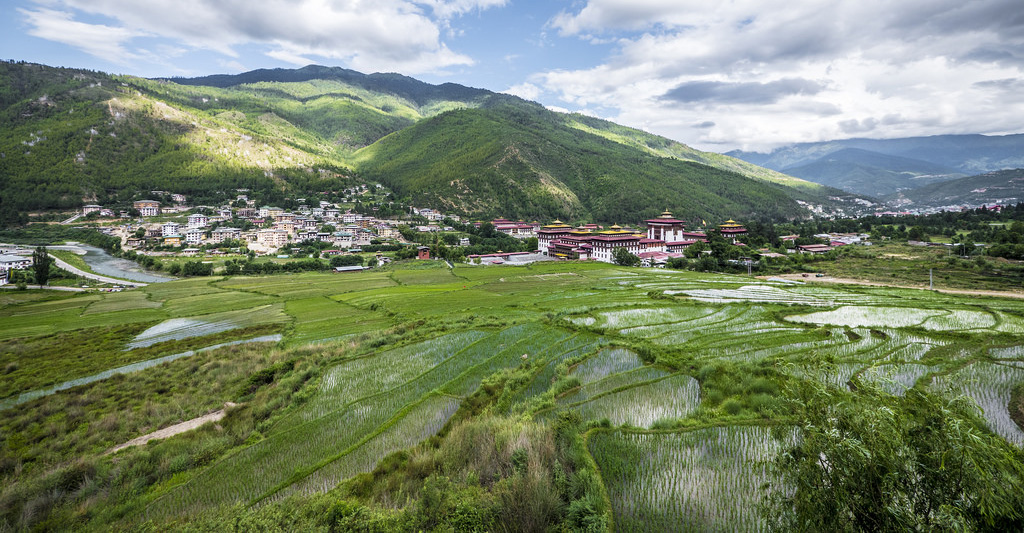
Spring Season– March, April and May
In Spring the trekking season commences in moderate altitudes. Above 3000 metres spectacular rhododendron forests bloom. It is also the perfect time for a rafting tour. In Paro, one of the largest monastic festivals – Paro tsechu takes place.The temperature is pleasantly mild even up to the Alp regions. Rain comes only in May as the harbinger of the approaching monsoon.
Summer Season– June, July and August
The Summer brings with it the monsoon, but this weather should not deter Bhutan travellers. In the settled areas of the medium ranges of Central and Western Bhutan, pleasant summer temperatures without heat or humidity can be found. Treks in high mountain areas, e.g. the Snowman Trek, are characterised by mild temperatures, verdant green meadows, and pastures of Blue Poppies and Edelweiss. Nomads tending their yaks in the high Alps are a common sight.
Autumn Season– September, October and November
Autumn is the traditional high season in Bhutan. September and October have the highest number of tshechus (monastic festivals). Trekkers particularly enjoy the clear view of the mountains in October and the low rainfall. Rice harvest means a picturesque landscape remarkable terraces and changing colour.
Winter Season– December, January and February
In Winter the South beckons. Dry and pleasant conditions make this the best time of year for bird watching in the jungles, village to village trekking in the lower altitudes or a bicycle trip along quiet mountain roads. The trekking routes in the high mountains are covered in deep snow and are impassable at this time of year. The impressive and endangered Black Necked Crane spends the winter in the high valley of Bumdeling (in eastern Bhutan) and Phobjika (in central Bhutan).
